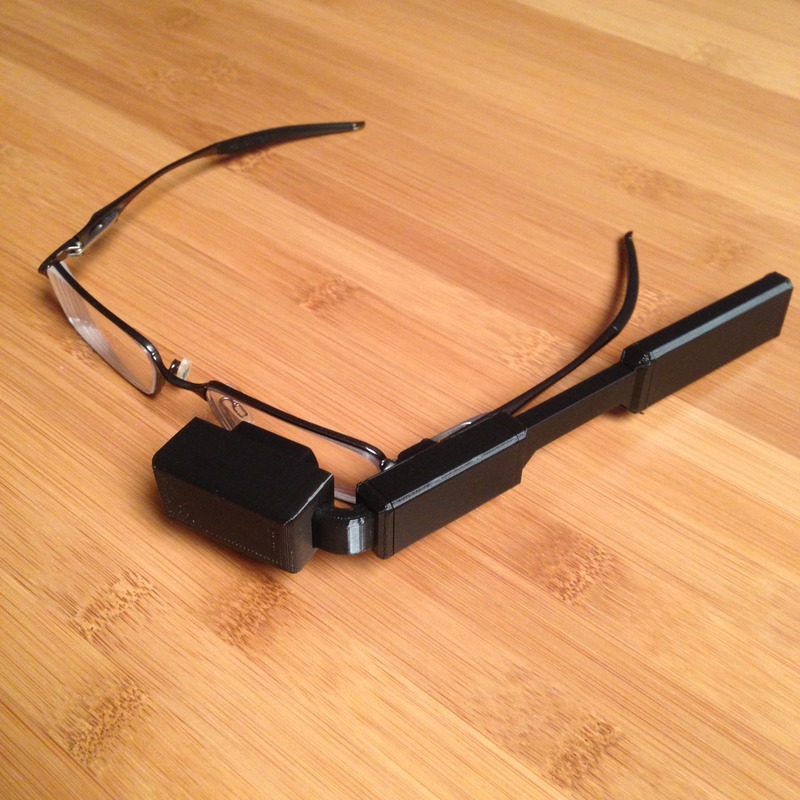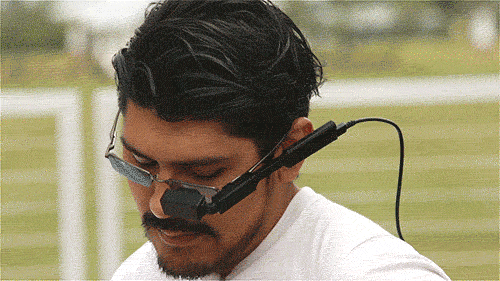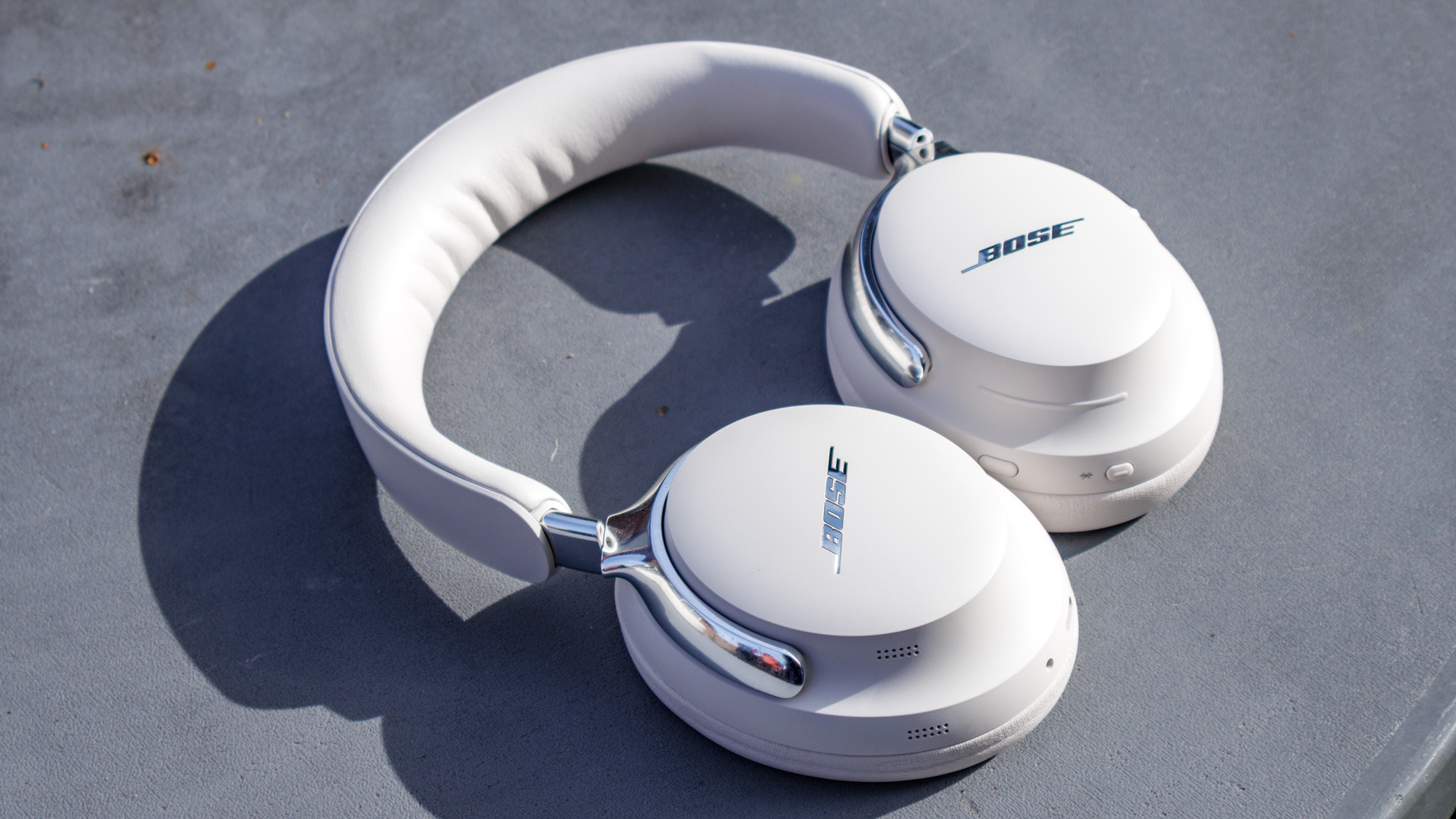Build a Google Glass Alternative for $200
If you have access to a 3D printer and some technical know-how, you can build your own Google Glass-like frame for less than $200.

For the DIY crowd, there's no reason to wait impatiently to spend $1,500 (plus $225 on prescription lenses) on a Google Glass-like heads-up display. If you have access to a 3D printer and deft fingers, you can build your own Glass alternative for less than $200.
DIY Electronics site Ada Fruit has a tutorial on creating the frame that clips on to your prescription glasses. You'll have to purchase a NTSC/PAL (Television) video glasses for $109.95, a miniature wireless USB keyboard with touchpad ($49.95) and a Raspberry Pi chipset ($39.95). You'll also need a 3D printer to create eight parts that form the enclosure for the glass. The .STL files to 3D print those parts are available through the Ada Fruit website for free.
MORE: Top 7 Google Glass Alternatives
To create the headset, you'll start by dismantling the TV video glasses, unsolder power connections to increase the lengths of wires and put them into the enclosure. This looks like it requires plenty of finesse, and is not for the faint of heart.

Once the video glasses are set up and clipped onto your glasses, you'll have to connect it to the Raspberry Pi chip for the operating system to show up on the display. You'll also need to power the CPU with a USB battery pack.
While this looks like a viable and affordable alternative to Glass, we find the connecting cables a cumbersome attachment. Enterprising techies may find a way to improve this process and make this heads-up display sleeker. The rest of us mere mortals will probably have to wait till Google officially launches Glass for public consumption, which is expected later this year.
via Mobile Geeks
Get instant access to breaking news, the hottest reviews, great deals and helpful tips.
Follow Cherlynn Low at @CherlynnLow and on Google+. Follow Tom's Guide at @tomsguide, on Facebook and on Google+.
Cherlynn is Deputy Editor, Reviews at Engadget and also leads the site's Google reporting. She graduated with a Master’s in Journalism from Columbia University before joining Tom's Guide and its sister site LaptopMag as a staff writer, where she covered wearables, cameras, laptops, computers and smartphones, among many other subjects.
-
whiteodian I hope the final production model of Google Glass is way less than $1500. I just can't see the masses plopping down that much money on something like this. Plus this article goes to show you something similar can be had for $200. Even if it were $300, I don't find them compelling enough to want to get them.Reply -
ewok93 This seems like a lot of work for just having a phone glued to your face (also considering the fact that it does not have phone capabilities). I may be reading this wrong, but it seems like you need to use an actual keyboard with it? So basically it's a smartphone with a bunch of cables, none of the actual telephone features, no touch screen, and a bunch of stuff you have to carry around.Reply
That being said, that would be a fun project. It's just not really an "alternative" to Glass.
-
virtualban I would still prefer Google Glass to be cable powered and connected to the phone, an extension for the eye and ear, just like the headphones. Connect it or not, but you still got your phone in your pocket. And more battery as well.Reply

